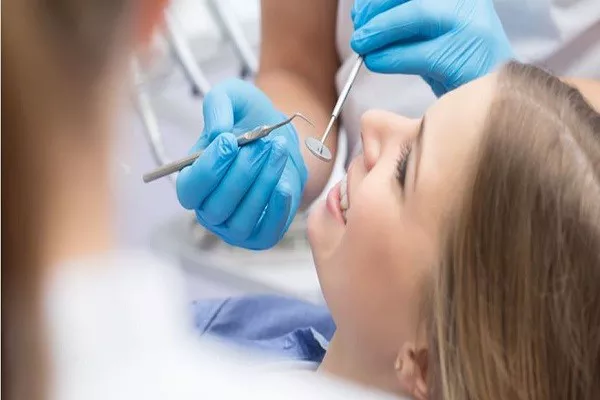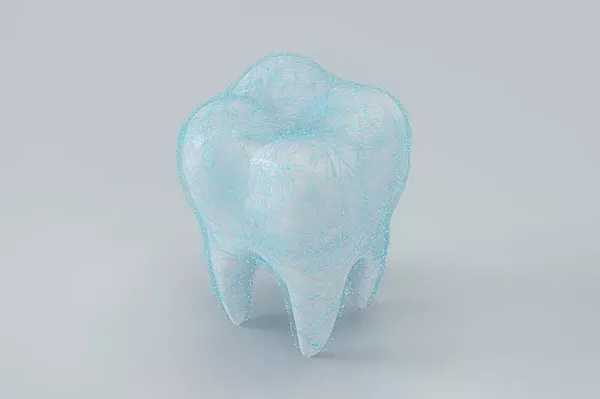A dental cavity, also known as tooth decay or caries, is a common dental issue that occurs when bacteria in the mouth produce acids that erode the enamel and dentin of a tooth. If left untreated, cavities can progress, causing pain and potential complications. While it is crucial to seek professional dental care for a permanent solution, there are situations where you may need to temporarily fill a cavity to alleviate discomfort or protect the tooth. In this article, we will explore temporary cavity filling options, their benefits, and the importance of seeking proper dental treatment.
Understanding Dental Cavities
Before discussing temporary cavity filling options, it’s essential to understand the nature of dental cavities:
Cavity Formation: Cavities develop when bacteria in the mouth feed on sugars and produce acids. These acids can demineralize and weaken the tooth’s protective enamel.
Symptoms: In the early stages, cavities may not cause noticeable symptoms. As they progress, you may experience tooth sensitivity, pain when biting or chewing, and visible holes or dark spots on the affected tooth.
Complications: Untreated cavities can lead to more severe issues such as dental abscesses, infections, and tooth loss.
Professional Treatment: Dental professionals typically treat cavities by removing the decayed portion of the tooth and filling the resulting space with a restorative material.
Temporary Cavity Filling Options
Temporary cavity filling options can help provide relief from discomfort and protect the affected tooth until you can seek professional dental care. Here are some common options:
Over-the-Counter Dental Cement: Over-the-counter dental cements are available at most pharmacies and can be used to temporarily fill a cavity. These cements are easy to apply and can provide a seal that protects the cavity from further damage and sensitivity. Follow the product instructions carefully.
Temporary Filling Kits: Temporary filling kits, also available over-the-counter, contain materials such as putty or paste that can be used to fill a cavity temporarily. These kits often come with applicators for easy use.
Sugarless Gum: Sugarless gum can be used as a temporary cavity filling in a pinch. Chew a small piece of sugarless gum and place it over the cavity. While this can help protect the tooth, it is not a long-term solution and should only be used as a temporary measure.
Dental Wax: Dental wax, commonly used for orthodontic braces, can also be used as a temporary filling material. Soften a small piece of dental wax between your fingers and press it into the cavity to seal it.
Cloves or Clove Oil: Cloves have natural numbing and antibacterial properties. You can place a small piece of a clove or use clove oil on a cotton ball and apply it to the cavity to alleviate pain temporarily. Clove oil can be strong, so use it sparingly.
Saltwater Rinse: Rinsing your mouth with warm saltwater can help reduce inflammation and discomfort associated with cavities. Dissolve half a teaspoon of salt in a glass of warm water and swish it around your mouth for about 30 seconds before spitting it out.
Benefits of Temporary Cavity Fillings
Temporary cavity fillings offer several benefits:
Pain Relief: They can help alleviate the pain and discomfort associated with cavities.
Protection: Temporary fillings can protect the cavity from further decay and damage.
Prevention: They can prevent food particles and bacteria from getting into the cavity, reducing the risk of infection.
Temporary Solution: While not a replacement for professional dental care, temporary fillings provide a short-term solution until you can see a dentist.
The Importance of Professional Dental Care
While temporary cavity fillings can provide relief and protection, they are not a substitute for professional dental treatment. It is essential to seek proper dental care from a dentist as soon as possible for the following reasons:
Permanent Solution: Dental professionals can provide a permanent solution by removing the decayed portion of the tooth and filling it with an appropriate restorative material.
Preventing Complications: Early treatment prevents cavities from progressing to more severe complications, such as infections or abscesses.
Preserving Tooth Structure: Dentists can preserve as much of the healthy tooth structure as possible while treating the cavity.
Customized Treatment: Dental professionals can tailor the treatment to your specific needs and ensure a proper and long-lasting restoration.
Conclusion
Temporary cavity fillings can offer relief from pain and protect the affected tooth, but they should only be considered a short-term solution. Seeking professional dental care is essential to address the underlying issue and provide a permanent and appropriate restoration. Regular dental check-ups can help detect cavities early, allowing for timely treatment and preventing more severe oral health problems. Remember that maintaining good oral hygiene practices, including regular brushing, flossing, and dental check-ups, is key to preventing cavities in the first place.
Related Topics:
































